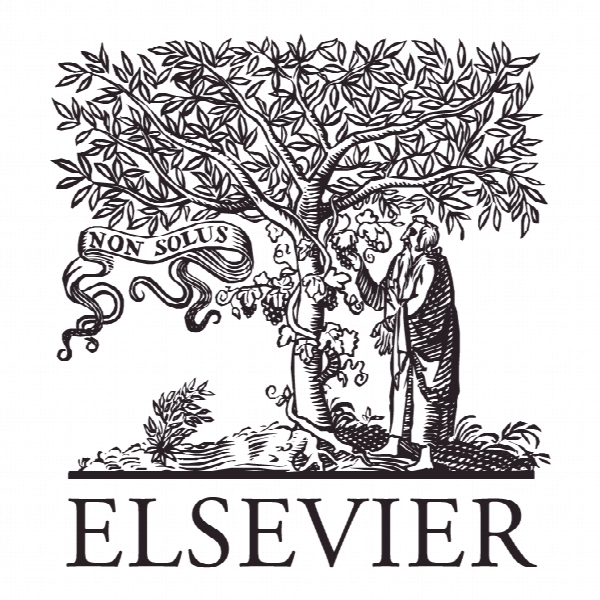کارت های اعتباری همکاری با برند های شرکت های هواپیمایی – کاربرد نظریه رفتار برنامه ریزی شده Airline co-branded credit cardsdAn application of the theory of planned behavior
- نوع فایل : کتاب
- زبان : انگلیسی
- ناشر : Elsevier
- چاپ و سال / کشور: 2017
توضیحات
رشته های مرتبط علوم فنون هوایی
مجله مدیریت حمل و نقل هوایی – Journal of Air Transport Management
دانشگاه اداره حمل و نقل و مدیریت حمل و نقل، ملی تایوان
نشریه نشریه الزویر
مجله مدیریت حمل و نقل هوایی – Journal of Air Transport Management
دانشگاه اداره حمل و نقل و مدیریت حمل و نقل، ملی تایوان
نشریه نشریه الزویر
Description
1. Introduction The airline industry grows rapidly but suffers from intrinsically low-profit margins (Hanlon, 1999; IATA, 2014) and high volatility of returns (Tugores-García, 2012). Koch’s 80/20 principle (1998) suggests that twenty percent of the most profitable customers account for eighty percent of the sales revenue in many businesses. The 80/ 20 principle could be used to explain why companies keenly attempt to identify their most profitable customers, and maintain long term relationships with them through strategic co-branding programs. Examples in the airline industry include airline alliances, celebrity-featuring aircraft livery, celebrity endorsements, co-branded credit cards, and so on. Despite the terminological similarity, global airline alliances are different from co-branding alliances (Blackett and Boad, 1999), which involves the creation of a new long-term master brand, such as SkyTeam, Oneworld, and Star Alliance. More specifically, cobranding alliances are supported by the endorsement of the participants’ brands in the areas of operations, technical aspects, and marketing activities (Weber, 2003; Wang, 2014). For example, celebrity-featuring aircraft livery promotes the perceived value of the airline with a unique painting style to decorate the aircraft, enabling certain airlines to differentiate its aircraft from its competitors (Wang and Waros, 2015a,b). Additionally, celebrity endorsements attract customers by conveying perceived attractiveness, truthworthiness, and expertise from the celebrity endorsers to the airline (Basusta, 2009; Qantas, 2014; Virgin Atlantic, 2013; Air New Zealand, 2013; Emirates Airline, 2014; Ricki, 2013). Notably, airline co-branded credit cards1 are often linked to the airline’s frequent flyer programs with the intention to expand market share by pushing member-earned miles for eligible spending on the card, eventually providing privileges that extend beyond travel. Membership cards are designed to offer comprehensive customer service but offer no financial transaction functions (Liu et al., 2012). In contrast, airline co-branded credit cards aretypically co-issued by a commercial bank and an airline, and this type of credit cards could offer unique frequent passenger rewards such as upgrades from coach to business class, free tickets, priority check-ins, baggage allowances, and access to business lounges in certain airports (Martín et al., 2011). Similar to the partnership between airlines and banks, other partners in frequent flyer programs (FFPs) include rental car enterprises and hotel corporations, to less conventional participants, such as food retailers and restaurants. Brand identifiers on credit cards, such as logos and color schemes, allow such cards to be easily identified.


